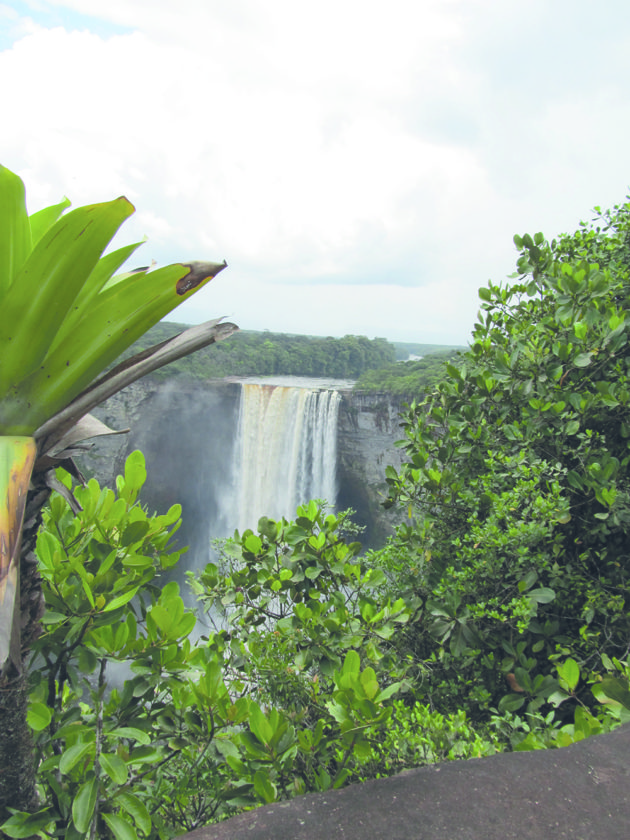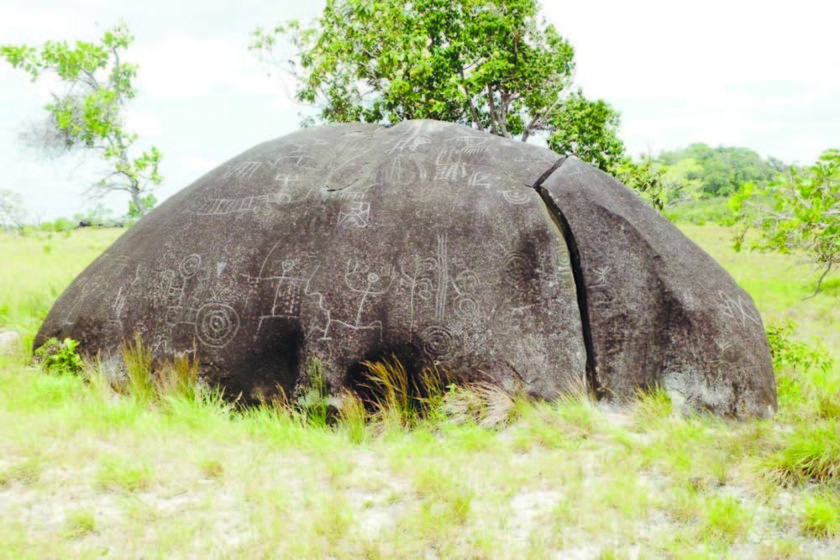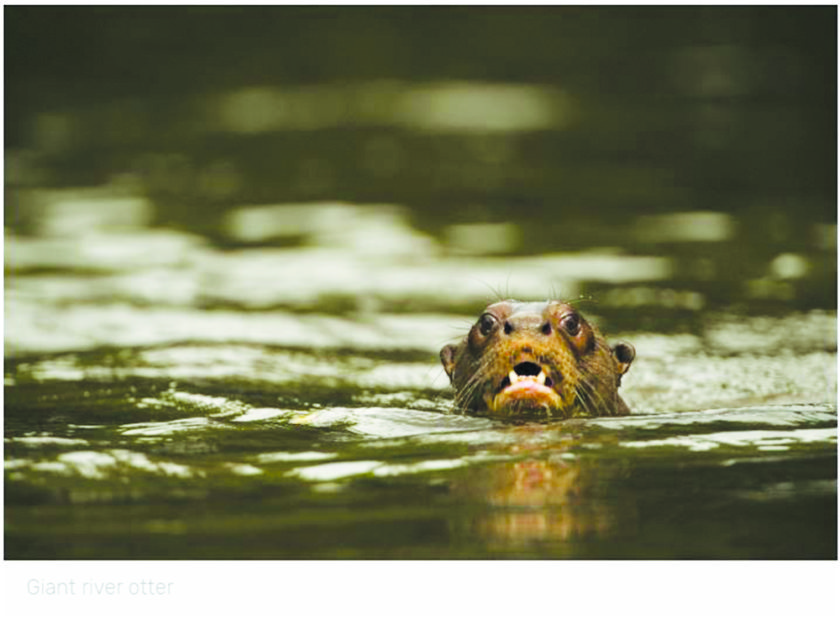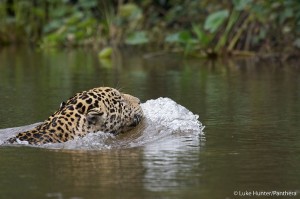
You may know the jaguar as “turtle tiger”, “kaikusi”,” kaigouch”, “baudikoro” or “kinyaridi din” – the large spotted cat leaving hand-sized foot prints in the mud, or “coughing” in the dark of night. Seen by few, feared by many, the jaguar has inspired stories and legends since ancient times; a symbol of strength and beauty.
These elusive beasts are the largest cat in the Americas. Weighing anywhere between 100-220 pounds, they stand over 2ft tall and measure about 5ft from nose to tail base. Jaguars are solitary, but you may encounter a male and female travelling together during mating or a mother with her cubs that by the time they leave her look fully grown. The typical rosette pattern on a jaguar’s coat is sometimes covered in black, because of a genetic variation called melanism. But black or patterned, their bulky bodies are easily distinguished from any other animal in Guyana.
Big bodies, of course, need plenty of food. With the most powerful jaws of all big cats, jaguars can eat anything. More than 80 species of animals are part of their meat diet. Depending on availability, jaguars may dine on capybara (watrush), peccary (bush hog), or caiman (alligator), but also on fish and armadillos. The bigger prey animals receive a crushing bite at the back of the skull. Unlike the puma (deer tiger), jaguars will not cover up the dead animal with leaves or branches.
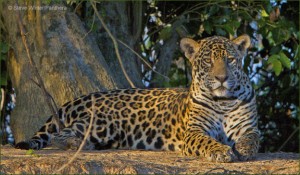
While curious in nature, jaguars prefer to hide from people and will not attack unless they feel threatened. Naturally, many fear jaguars. The sheer size and power of this big predator makes people feel small and vulnerable. That is why even people that regularly walk through jaguar territory rarely spot them, although surely the jaguars have spotted them.
As much as jaguars tend to avoid people, they do share the same environment and food preferences, and now and then this leads to conflict, especially when jaguars attack livestock or pets. Why jaguars kill cows and other domestic animals is not always clear. The presence of these domestic animals in the jaguar’s natural habitat and their resemblance to natural prey is an important factor. But sometimes domestic animals are also easier than other prey, for example when the jaguar is old, injured or has to care for cubs. And where natural prey is scarce, jaguars are left with no alternative.
Conflict with people over domestic animals is one of the main threats to jaguars. Understandably, people try to protect their livelihoods and they often know no better way than to kill the jaguar, even though this is usually just a temporary solution. It is temporary because other jaguars will then move to occupy that territory and sooner or later might attack unattended livestock. Another major threat to jaguars is the disappearance of their habitat. Together with the habitat their food disappears, driving jaguars closer to people and their livestock, and causing even more conflict.
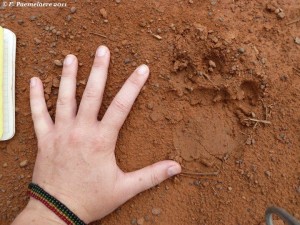
Once we believed that putting large predators inside protected areas away from people would be the happy ending for all: the animals thrive, and people would no longer have to fear them. But animals do not understand our borders, and large animals need large spaces. Thus, most protected areas are too small to maintain healthy populations. A new, innovative approach to conservation aims to connect jaguar populations in protected areas through human landscapes by studying how jaguars use these landscapes and by assisting in reducing conflict. Guyana is an official partner in this international effort, led by Panthera- a global organisation devoted to the conservation of the largest and most imperilled wild cat species, to ensure that the jaguar will live in the wild forever.
Why would we want jaguars around at all if they cause harm to our livelihoods? Because jaguars help protect our crops from the animals that damage them; jaguars attract tourists; they help keep disease away from the animals we hunt; jaguars help keep our forests healthy, so we can harvest timber; they are part of our history and culture and we want to share this with our children; and jaguars are part of the web of life that we depend upon for our well-being.
We can solve conflicts with jaguars, but we cannot reverse extinction or the consequences this has for our health and economy. Notably, Guyana is one of the last places on Earth where the jaguar still thrives.
To read more about jaguars and their conservation, visit www.panthera.org (Submitted by Panthera)

